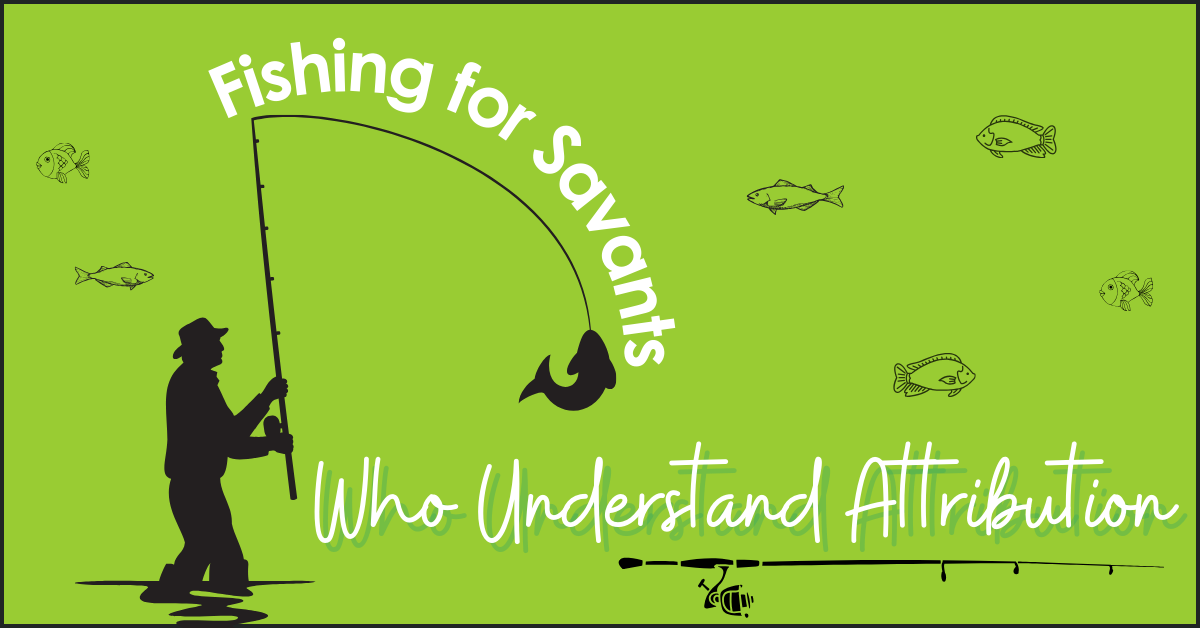
This week, I’m reporting on themes presented at the American Council for an Energy-Efficient Economy (ACEEE) summer camp, also known as the Summer Study for Buildings, from Pacific Grove, California. Here are the themes:
- Heat pumps (~ 80 papers)
- Decarbonization (~67 papers)
- Equity (~75 papers)
The end.
The ACEEE summer camp covers a stunning number of papers. There are 13 panels or tracks, two sessions per day, each with three papers presented, for five days. Per my math, that’s 780 papers. In addition, there are probably 60 posters to make up the total of nearly 850 studies. The papers probably average 13 pages in length. Unfortunately, there is no way to consume at least 250 papers I would like to devour.
When I first attended Summer Camp in 2008, the afternoons were mostly free. I remember cramming on a proposal in the motel room every afternoon that year. Now, the afternoons are packed with [not so] informal sessions. The informal sessions cover strategic energy management, rooftop units, controls, net-zero, and my favorite catnip: attribution. I attended a one-hour informal session (discussion) on how to assess attribution for a market transformation program.
Attribution
For a quick tour and definition of attribution, read up on Attribution on the Cheap, Socially Undesirable Net Savings, and Jurassic Evaluation Dogma. From Attribution on the Cheap, “Attribution is the quantity of benefits[1] delivered by the program or intervention. Attributable impacts are those that would not have otherwise been realized. For example, the sunrise is zero percent attributable to the rooster’s crow. It is 100% attributable to the earth’s rotation.”
Market Transformation v Resource Acquisition
Energy efficiency programs fall into one of two categories: resource acquisition or market transformation. One can argue that each program bucket may contain a little of the other. For a primer on market transformation, see Better than Best Programs with Market Transformation, which ranks second or third on a Google search for “resource acquisition market transformation.” Not bad!
Resource acquisition is the buy-down of the cost premium of energy-efficient products. Market transformation is akin to teaching people to fish– changing how they do things and showing them how to implement energy efficiency and quantify benefits.
Attribution Whiffs
Here is where attribution savants can’t see the forest because there are too many trees in the way: the fish doesn’t know he’s wet. In other words, savants try to determine attribution in the defined bubble where energy efficiency is the way of doing business. If, instead, they looked beyond the bubble to where efficiency programs don’t exist, they would find no fish because there is no water (programs) for them to call home. I will provide examples to demonstrate, of course.
Strategic Energy Management
Our strategic energy management (SEM) experts have been doing a blowout job for some very large energy users – e.g., million-square-foot hospitals, airport hubs, and airlines. A great strategic energy management program feeds resource acquisition programs, but at its core is a market transformation program that teaches customers and their agents to fish for themselves.
Efficiency Deserts
Strategic energy management is much easier to deliver through a program that pays for the services – i.e., where impacts are attributable to the program. Our experts began an engagement with a Fortune 100 healthcare provider in a state and utility territory with a strong SEM program (State A). In this case, our team helped deliver 5,700,000 kWh in energy savings. Due to the success of that first engagement, the organization asked us to provide a similar scope of work in a state with no such programs and almost no history of energy efficiency (State B).
Another fish idiom comes to mind: fish in a barrel. Our team helped the customer capture 10 kWh per square foot in savings in a one-million-square-foot hospital and a smaller facility for a total of 9,000,000 kWh and 580,000 therms of electric and natural gas savings, respectively. Not since ~2004, when we evaluated the cost-effectiveness of a campus-wide energy management system for a college that ran all HVAC 24/7 with no setbacks, have we experienced such a density of impacts.
My point is that A-states with strong efficiency programs have a much higher bar to clear, and they would be where the B-states are if not for the programs. I would also surmise that if the programs were pulled over time, practices would atrophy, and the A-states would become B-states. I believe years or even decades of market transformation are mostly overlooked and not counted toward attribution. California, do you read me?
Following the Money
In another case, our team delivered smashing success for a giant airline and its portion of the airport terminal, which served as one of its North American hubs. We helped them save 1,700,000 kWh at a flight training center and 12,000,000 kWh at the airport! The next move for this customer was to seek out utility SEM programs we implement for other programs in other states and deliver success in those locations. We are just getting started on those ventures.
Spillover
The Bible of program evaluation is the Uniform Methods Project produced by evaluation savants under the National Renewable Energy Laboratory, NREL label. Spillover is defined as (paraphrased to keep it simple): “additional energy savings that are achieved… as a result of the program’s influence… outside the energy efficiency program after having participated.”
Therefore, in many cases like those described above, attribution is >100% because of spillover spreading inside and outside the program’s jurisdiction.
So, get out of the bubble, Savant, and see what’s happening in the bottom ten states on ACEEE’s State Energy Efficiency Scorecard. That is the baseline.
To be fair to some savants, regulators, and other stakeholders exert undue pressure to crush gross and net (attributable) savings. It’s time to push back.
[1] Energy (kWh, therms) saved or demand (kW) reduction.
